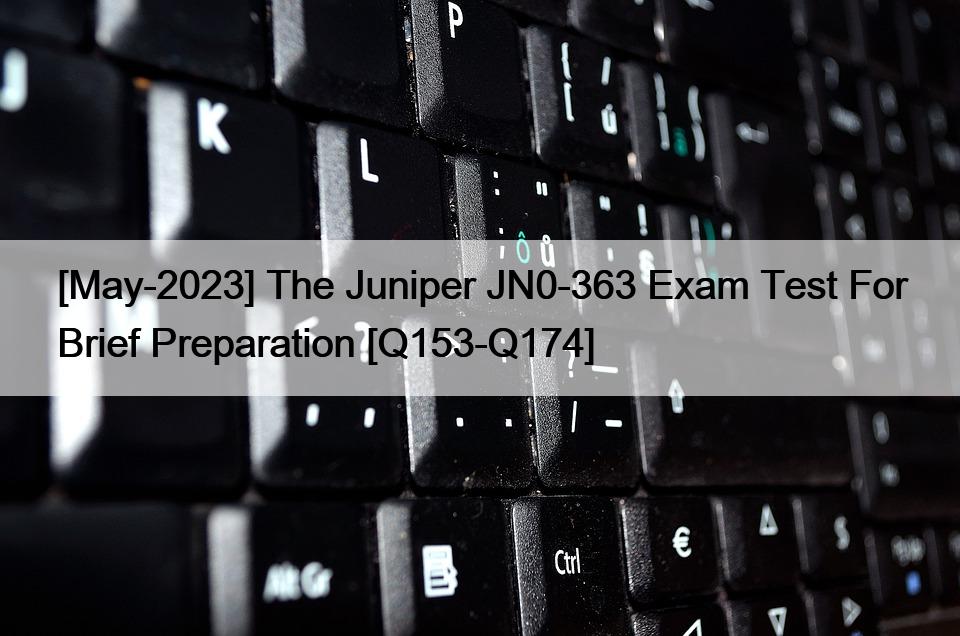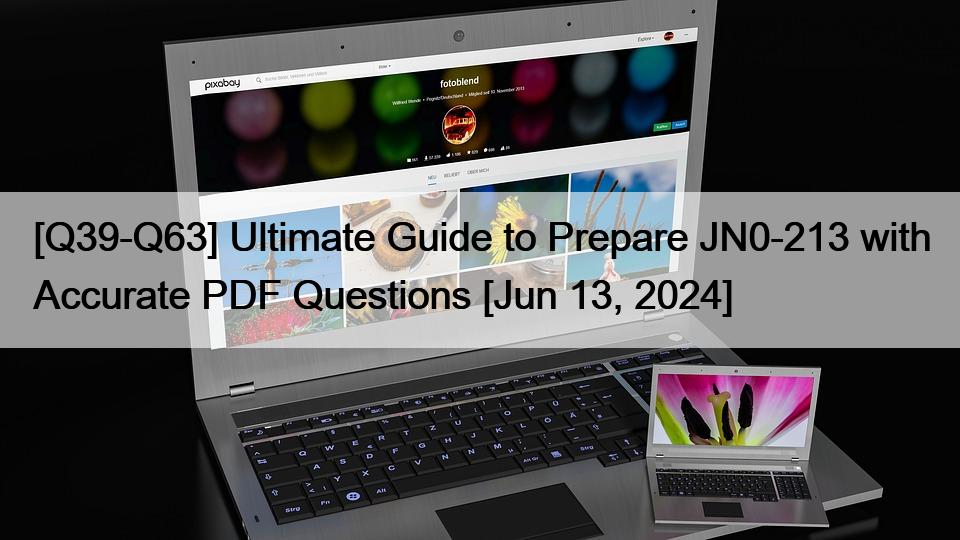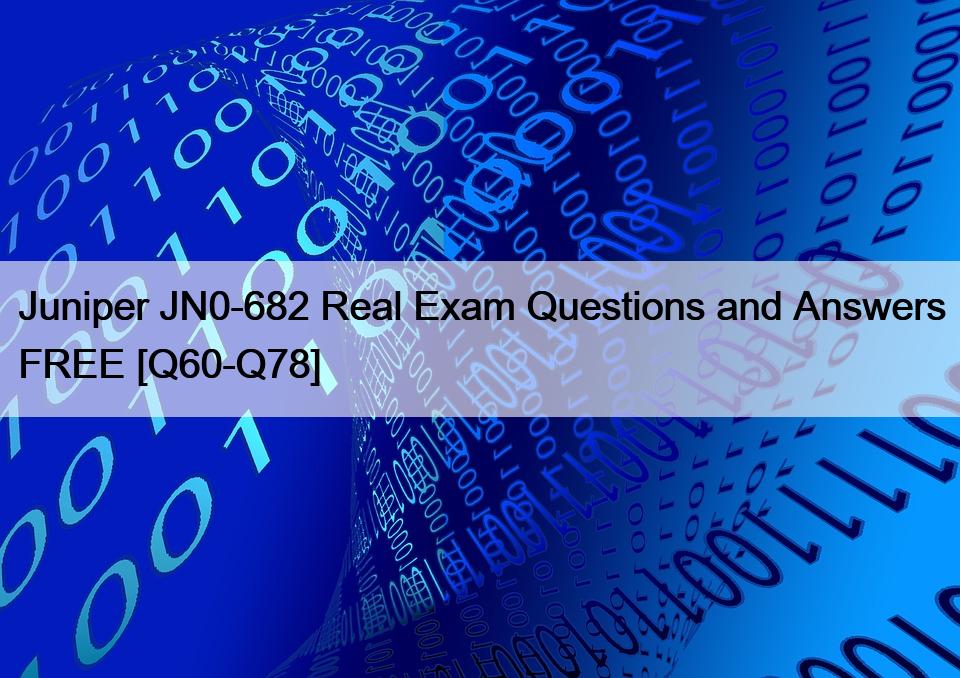[May-2023] The Juniper JN0-363 Exam Test For Brief Preparation
Revolutionary Guide To Exam Juniper Dumps
Juniper JN0-363 Exam Topics:
| Section | Objectives |
|---|---|
| High Availability | – Identify the concepts, benefits, applications, or requirements of high availability:
– Demonstrate knowledge of how to configure, monitor, or troubleshoot high availability components:
|
| Multiprotocol Label Switching (MPLS) | – Identify the concepts, operation, or functionality of MPLS:
– Demonstrate knowledge of how to configure, monitor, or troubleshoot MPLS:
|
| Intermediate System to Intermediate System (IS-IS) | – Identify the concepts, operation, or functionality of IS-IS:
– Demonstrate knowledge of how to configure, monitor, or troubleshoot IS-IS:
|
| Spanning-Tree Protocols | – Identify the concepts, benefits, operation, or functionality of Spanning Tree Protocol and its variants:
– Demonstrate knowledge of how to configure, monitor, or troubleshoot STP and its variants:
|
| Open Shortest Path First (OSPF) | – Identify the concepts, operation, or functionality of OSPF:
– Demonstrate knowledge of how to configure, monitor, or troubleshoot OSPF:
|
| IPv6 | – Identify the concepts, operation, or functionality of IPv6:
– Demonstrate knowledge of how to configure, monitor, or troubleshooting IPv6:
|
| Layer 2 Bridging or VLANs | – Identify the concepts, operation, or functionality of Layer 2 bridging for the Junos OS:
– Identify the concepts, benefits, or functionality of VLANs:
– Demonstrate knowledge of how to configure, monitor, or troubleshoot Layer 2 bridging or VLANs:
|
| Tunnels | – Identify the concepts, requirements, or functionality of IP tunneling:
– Demonstrate knowledge of how to configure, monitor, or troubleshoot IP tunnels:
|
The Juniper JN0-363 exam is an important certification exam for individuals who want to specialize in service provider routing and switching. The exam covers a range of topics related to Juniper Networks devices and requires candidates to have a solid understanding of networking concepts and protocols. Earning the JNCIS-SP certification can provide individuals with several benefits, including increased job opportunities and earning potential.
Juniper JN0-363 certification exam is an industry-recognized credential designed for network professionals who want to validate their skills and knowledge in service provider routing and switching. The exam focuses on testing the candidate’s ability to deploy, configure, manage, and troubleshoot Juniper Networks routers and switches in a service provider network. JN0-363 certification exam is targeted at individuals who are seeking to advance their careers in service provider network operations, design, and implementation.
JN0-363 Free Study Guide! with New Questions: https://www.real4dumps.com/JN0-363_examcollection.html



